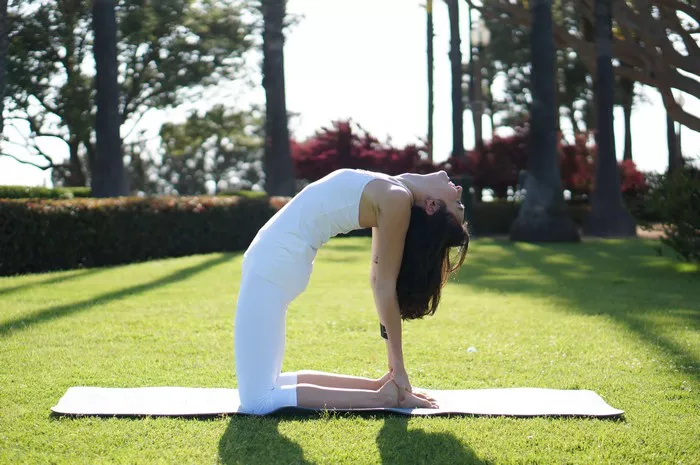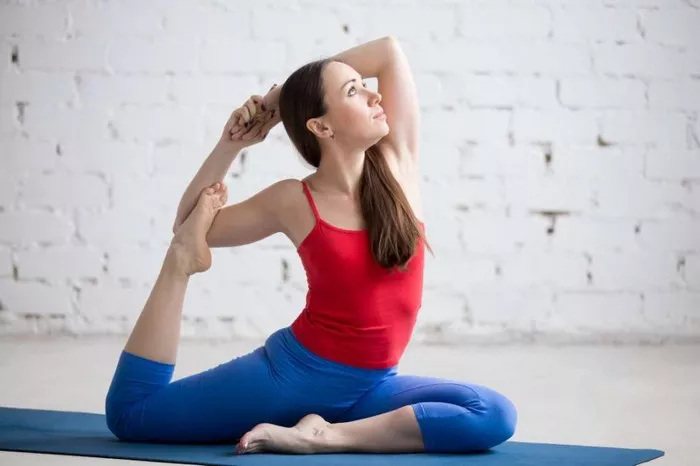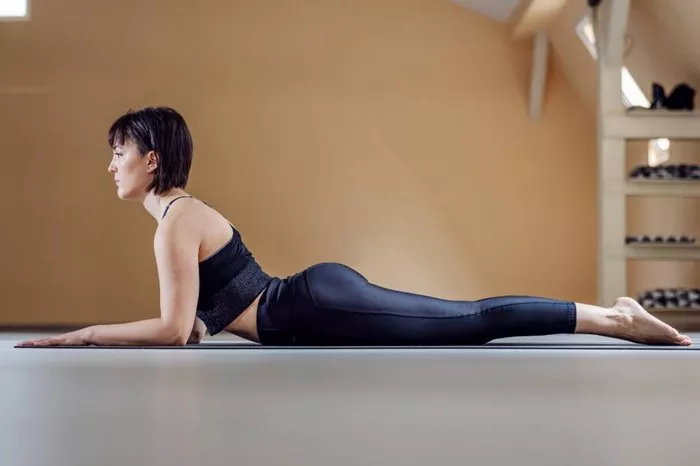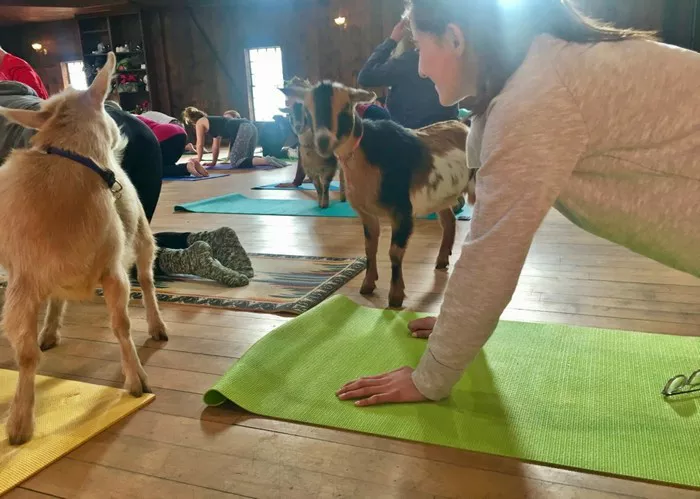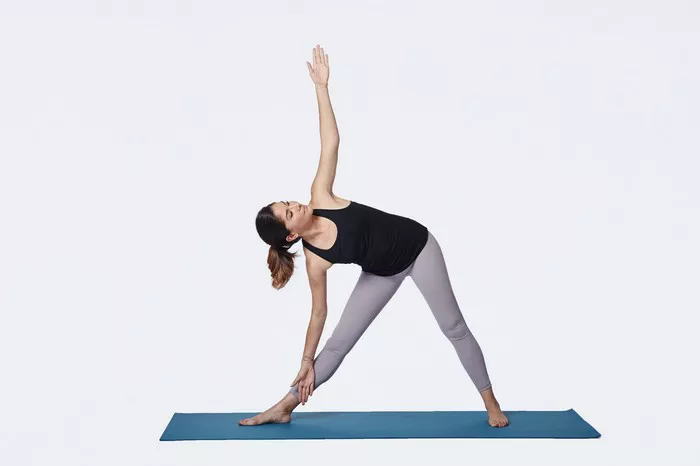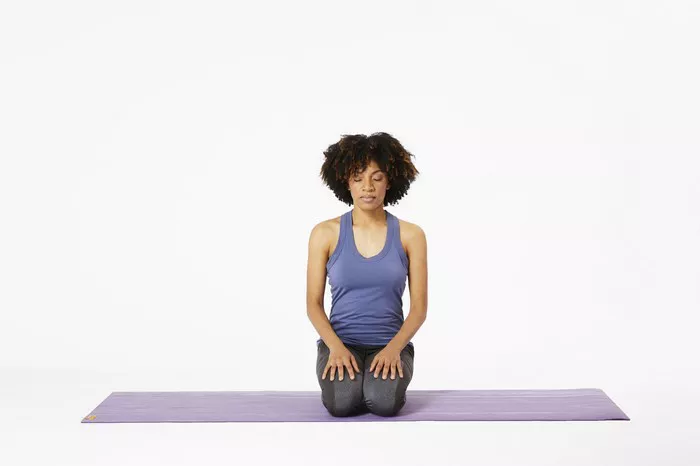Yoga is not only a practice that promotes physical and mental well-being but also a beautiful art form that can be captured stunningly in photographs. As a yoga instructor, you may often be asked to demonstrate poses that not only showcase your skill but also create visually appealing images. Whether you’re preparing for a professional photoshoot or simply looking to enhance your social media presence, here are the top eight yoga poses that will make your photos truly stand out.
1. Downward-Facing Dog (Adho Mukha Svanasana)
Downward-Facing Dog is one of the most recognizable and foundational poses in yoga. It provides a great way to highlight the lines and strength in the body, making it a fantastic choice for photographs.
How to Do It:
- Begin on your hands and knees, with your wrists aligned under your shoulders and your knees under your hips.
- Spread your fingers wide and press firmly into the mat.
- Tuck your toes and lift your knees off the floor.
- Straighten your legs and push your hips up and back, forming an inverted V shape with your body.
- Keep your head between your arms and gaze toward your navel or thighs.
Photography Tips:
- Capture the pose from a side angle to emphasize the straight lines from the wrists to the hips and from the hips to the heels.
- Consider a low angle shot to create a dramatic perspective.
- Ensure the background is clean and uncluttered to keep the focus on the pose.
2. Warrior II (Virabhadrasana II)
Warrior II is a powerful pose that exudes strength and grace. It is ideal for showing off the yogi’s focus and determination, making it perfect for a photoshoot.
How to Do It:
- Start in a standing position with your feet about hip-width apart.
- Step your right foot back about 3-4 feet and turn it out to a 90-degree angle.
- Bend your left knee over your left ankle, ensuring your thigh is parallel to the floor.
- Extend your arms out to the sides at shoulder height, palms facing down.
- Gaze over your left hand.
Photography Tips:
- Shoot from the front or slightly from the side to capture the full expanse of the pose.
- Utilize natural lighting to highlight muscle definition and form.
- A scenic outdoor location can add to the dramatic effect of this powerful stance.
3. Tree Pose (Vrksasana)
Tree Pose is a balancing pose that showcases poise and concentration. It’s visually appealing due to its simplicity and elegance.
How to Do It:
- Begin in Mountain Pose (Tadasana), standing tall with your feet together.
- Shift your weight onto your left foot.
- Bend your right knee and place the sole of your right foot on your left inner thigh, calf, or ankle (avoid the knee).
- Bring your hands to your heart in a prayer position or extend them overhead.
- Focus on a point in front of you to maintain balance.
Photography Tips:
- Capture the pose straight on to emphasize symmetry and balance.
- A natural, serene backdrop such as a forest or a beach complements the calm energy of this pose.
- Use a shallow depth of field to keep the focus on the yogi while softly blurring the background.
4. Camel Pose (Ustrasana)
Camel Pose is a deep backbend that opens the heart and creates a striking visual image. It’s a dramatic pose that can convey both vulnerability and strength.
How to Do It:
- Kneel on the floor with your knees hip-width apart and your thighs perpendicular to the floor.
- Place your hands on your lower back with your fingers pointing down.
- Slowly lean back, reaching for your heels with your hands.
- Push your hips forward and lift your chest towards the ceiling.
- Drop your head back gently, looking up or behind you.
Photography Tips:
- Shoot from the side to capture the deep arch of the back and the open chest.
- Use soft lighting to accentuate the curves of the body.
- Consider a minimalist setting to highlight the pose without distractions.
5. Crow Pose (Bakasana)
Crow Pose is an arm balance that demonstrates strength, focus, and control. It’s a challenging pose that, when photographed, can inspire awe and admiration.
How to Do It:
- Start in a squat with your feet together and your hands on the floor in front of you.
- Bend your elbows and place your knees on the backs of your upper arms.
- Shift your weight forward, lifting your feet off the ground one at a time.
- Balance on your hands, keeping your gaze forward.
Photography Tips:
- Capture the pose from the front or at a three-quarter angle to showcase the balance and lift.
- Use a fast shutter speed to freeze the moment and highlight the yogi’s stability.
- Choose a bold background color to contrast with the pose and make it pop.
6. Wheel Pose (Urdhva Dhanurasana)
Wheel Pose is an advanced backbend that creates a stunning visual impact with its full-body arch. It symbolizes openness and flexibility.
How to Do It:
- Lie on your back with your knees bent and your feet hip-width apart.
- Place your hands on the floor beside your head with your fingers pointing toward your shoulders.
- Press into your hands and feet to lift your hips and chest off the floor.
- Straighten your arms and legs as much as possible.
- Hold the pose, breathing deeply.
Photography Tips:
- Capture the pose from the side to highlight the full arch and extension of the body.
- Use lighting to emphasize the contours and muscle definition.
- An outdoor location with a clear sky can enhance the open and expansive feel of this pose.
7. King Pigeon Pose (Eka Pada Rajakapotasana)
King Pigeon Pose is a deep hip opener and backbend that is both graceful and powerful. It’s a visually stunning pose that can convey a sense of serenity and depth.
How to Do It:
- Start in a tabletop position on your hands and knees.
- Bring your right knee forward and place it behind your right wrist, with your right foot angled under your left hip.
Extend your left leg straight back. - Lift your chest and reach your arms back, bending your left knee and holding your left foot with both hands.
- Gently pull your foot towards your head, creating a deep backbend.
Photography Tips:
- Shoot from the side to capture the elegant curve of the back and the lift of the chest.
- A soft, natural light setting can enhance the serene quality of this pose.
- Consider a tranquil background like a garden or a park to complement the peaceful nature of the pose.
8. Headstand (Sirsasana)
Headstand is an inversion that showcases balance, strength, and control. It’s a challenging pose that makes for an impressive and dynamic photograph.
How to Do It:
- Begin in a kneeling position.
- Interlace your fingers and place your forearms on the floor, forming a triangle with your hands.
- Place the top of your head on the floor, with the back of your head resting against your hands.
- Straighten your legs and walk your feet closer to your head.
- Slowly lift your legs off the floor, coming into a full headstand with your body straight.
Photography Tips:
- Capture the pose from the front or the side to emphasize the straight lines and balance.
- Use a high contrast background to make the pose stand out.
- Consider using a slow-motion video to show the process of getting into the headstand, which can be edited into stunning still shots.
Conclusion
Yoga poses offer an excellent opportunity to create captivating and powerful images that showcase the beauty and discipline of the practice. Whether you’re an experienced yogi or a beginner, these eight poses provide a range of expressions from strength and balance to flexibility and grace. When planning a photoshoot, consider the angles, lighting, and background to highlight each pose’s unique qualities. By doing so, you’ll capture the essence of yoga and create stunning visuals that inspire and impress.

